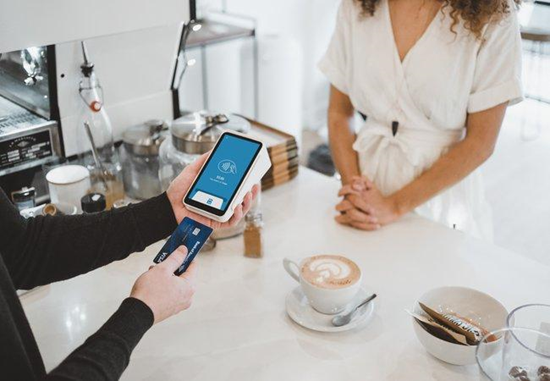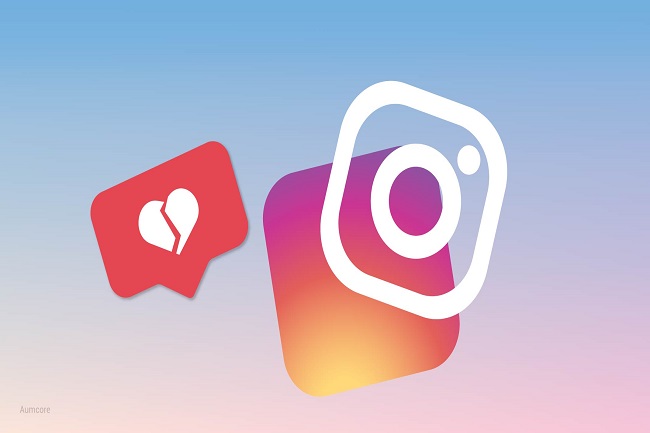The world of eCommerce is complex and constantly changing as the modern-day consumer has more and more demands they want to be met. However one of their biggest demands is regarding seamless and efficient customer experience. Knowing how to improve customer experience, across mobile platforms especially, is vital to achieving success in the eCommerce marketplace.
Omnichannel shopping has been a driving force in online and in-store shopping experiences for years now and mobile eCommerce UX is now more important than ever before. Currently, 71% of in-store shoppers using smartphones to research their in-store purchase and smartphones now influence more than 28% of all US retails sales, finding how to improve mobile user experience can have many positive effects on your company conversion rate.
People are engaging with brands across more channels than has ever previously been possible and with so many possible points of communication and customer services operating simultaneously, managing them effectively is becoming an increasingly difficult task.
What Is a Mobile CX Strategy?
As customers are shifting to a mobile mindset, companies need to focus on mobile users by providing easy and immediate access to mobile content that enhances their customer experience. Companies need to capture customers in mobile moments because it is a sector that is only set to grow. In regards to the mobile marketing statistics 2020, there were just over 5 million total mobile phone users worldwide last year.
However, where this becomes relevant is when we look at what percentage of eCommerce is mobile? In 2019, mobile retail made up 44% of all eCommerce sales with this number expected to rise past 50% by the end of next year alone. This is why having a great mobile app customer experience is so important as mobile will soon account for over half of all eCommerce sales.

One effective and increasingly common method brands are now doing is to involve mobile application development into their strategic process. These apps can let you shop online, make purchases, schedule deliveries, and seek customer support. All of this can help drive conversions, but it will also allow you to connect with customers regardless of their device or location.
However, the process of using your app should be as smooth as your desktop website. If there is a disconnect between your app and your website, users are likely to get frustrated and lose trust in your overall brand mentality.
Offering a comprehensive user experience for all your customers, irrespective of their preferred channel should be a main priority for your company’s eCommerce strategy.
How to Create an Effective Mobile CX strategy for eCommerce
Essentially, there are several key factors you will need to consider when looking to build an effective mobile strategy that offers impeccable customer experience:
- Offer Cross-Channel Support – When customers have a problem, they want to get help so making customer support a priority and available across multiple channels improves their overall experience. This means customers get support no matter what channel they are most comfortable using. Making help available at all times means it is possible for everyone to get the same level of customer service regardless of where they are, what time it is or how they are interacting with you.
- The Right Content on the Right Channel – To form the most effective omnichannel strategy, creating relevant content and publishing it to the right channel is pivotal. If customers tend to buy certain products from a smartphone while other products are popular for customers who shop through Instagram, it will affect your overall strategy. By prioritizing effective content on each channel, you’re giving your customers what they want, where they want it.
- Mobile Responsive Websites – A good alternative to building your own app can be a mobile responsive website. As smartphones influence over a quarter of retail sales keeping a mobile-first design in mind when building your eCommerce site is a must. This means that if someone visits your online store via one of your social media accounts, the content, brand message, and overall user experience should remain consistent to give as seamless a transition as possible.

Examples of Great Mobile Customer Experiences
So it might be worth taking a look at some companies who have nailed their mobile CX to find some inspiration into how you can best help your consumers interact with your brand. Let’s see who’s utilized mobile effectively:
- Starbucks – The behemoth coffee company’s mobile app allows users a quick and easy way to pay with your phone at Starbucks locations. However, what makes Starbucks’ approach noteworthy is that they are continually looking to improve it. They’ve added AI-powered voice-ordering capabilities letting users speak their orders, earn rewards such as free drinks and food, and even find the song you heard when you went into their store.
- Asos – Asos uses its app to enhance a user’s overall experience. The app can be synched to their website so users can begin shopping on the app and then continue right where they left off later via desktop. Where Asos really take the customer experience to the next level though is through using computer vision. This enables users to upload a photo of an outfit into the app and receive results with clothing that is similar in style.
- Ikea – Ikea’s augmented-reality app means users can virtually place products into their homes to see how they’d look in situ. The furniture company’s app will automatically scale products based on room dimensions and users can see the texture of various products and how light and shadows will render on existing furnishings. By utilizing mobile technology to offer consumers something they can’t get anywhere else, Ikea may very well be revolutionizing the way people buy furniture in the future.
- Disney – Basically, you can use the My Disney Experience app to plan an entire trip. In the park, you can use your mobile app to locate attractions, as well as view estimated wait time for rides. Their app can also act as a hotel room key, a photo storage device for pictures taken with Disney characters, a food ordering tool and it even has Fast Pass integration. Everything about Disney’s mobile app has been built to enhance customer experience and they are a perfect example of having a mobile-first approach to this matter.
The Future of Mobile Customer Experience
In some of the aforementioned examples, we’ve seen the rise of omnichannel synchronization, augmented reality implementation and voice-ordering capabilities. It should be expected that in the coming years we will see more and more companies implement these factors to their eCommerce platforms.
As well as this, it seems probable that machine learning will be utilized to increase conversions in the future. Bookmarked products and wish list data can be analyzed, enabling retailers to create discounts, sales and personalized promotions all through their mobile platform. This can also be used in regards to predictive modeling as companies will be able to see which users are at risk of deleting the app and set about tactics to retain them.
Essentially, with companies looking to offer better overall customer experience, it will see brands look to become much more proactive than reactive in regards to eCommerce. With the pace with which this eCommerce world can change, looking to offer customers great mobile experiences is a surefire way to see your business grow.





Tell us your thoughts in the comments